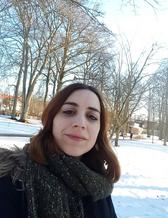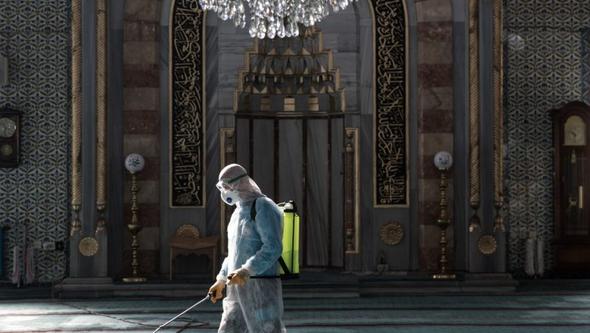Visualization of the Covid-19 pandemic through images and memes
Early in the pandemic many of us were fascinated by images from the media all over the world, where empty streets and squares were portrayed, areas that are usually teeming with people. Christina Tente, a new doctoral student in art and visual studies, will now, among other things, through images, photographs and memes, investigate what happened to our visual culture when societies began to shut down as a result of the pandemic.
Christina Tente was born in 1992 in Greece. She has a bachelor's degree in Journalism and Mass Media from Aristotle University of Thessaloniki (2015) and a Master's in Film and Cultural Studies from the University of Athens (2017). She also has a master's degree in visual culture from Lund University (2020).
The position is a collaboration between the Department of Cultural Sciences at the University of Gothenburg and the Hasselblad Foundation, and the planned start of the doctoral period is in September 2021. Supervisor at the Department of Cultural Sciences is Karin Wagner, and Louise Wolthers at the Hasselblad Foundation is a co-supervisor.



